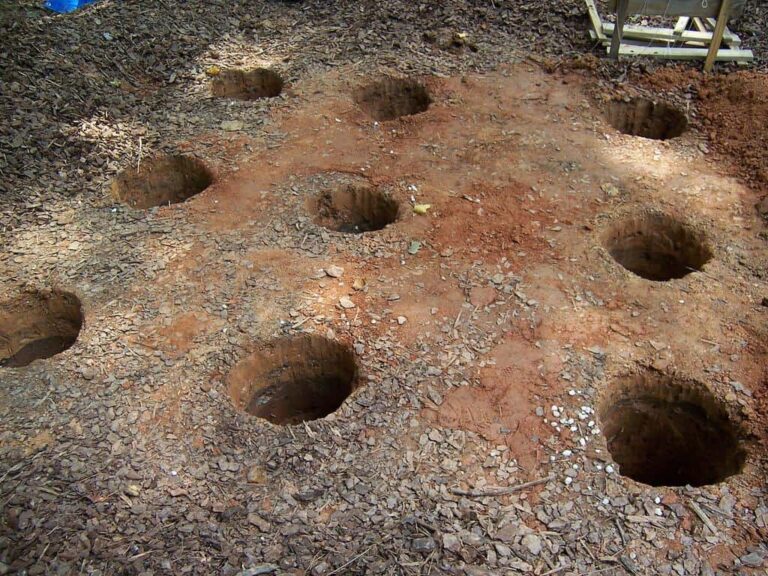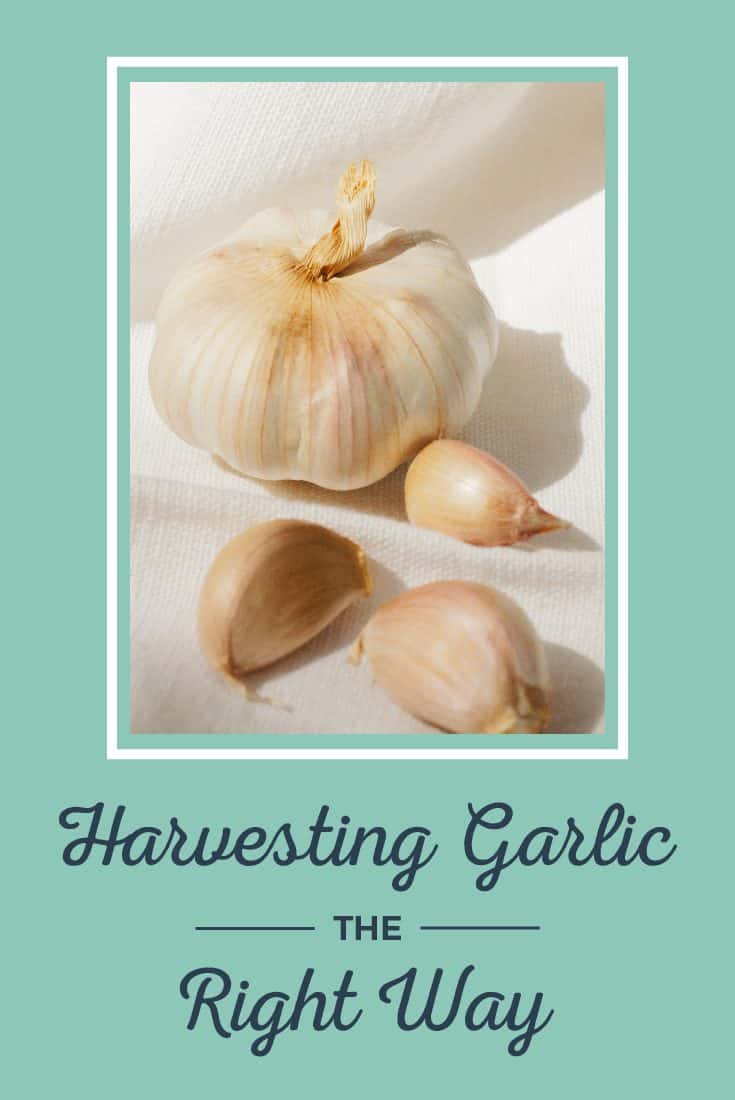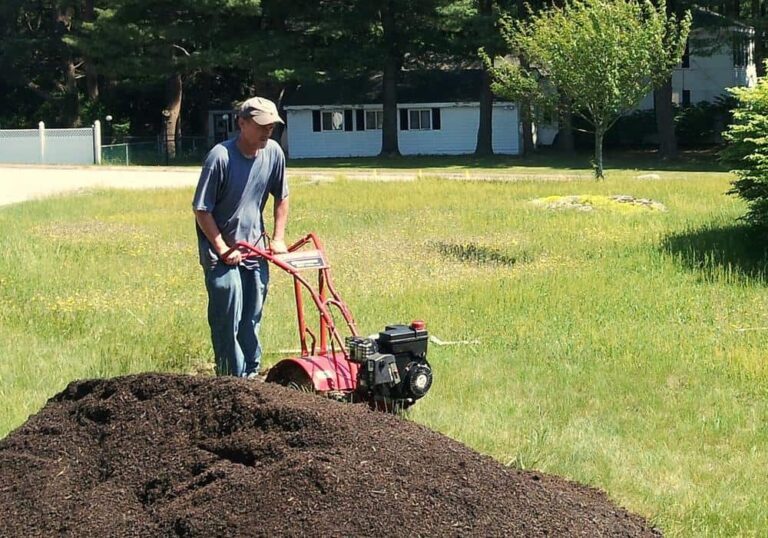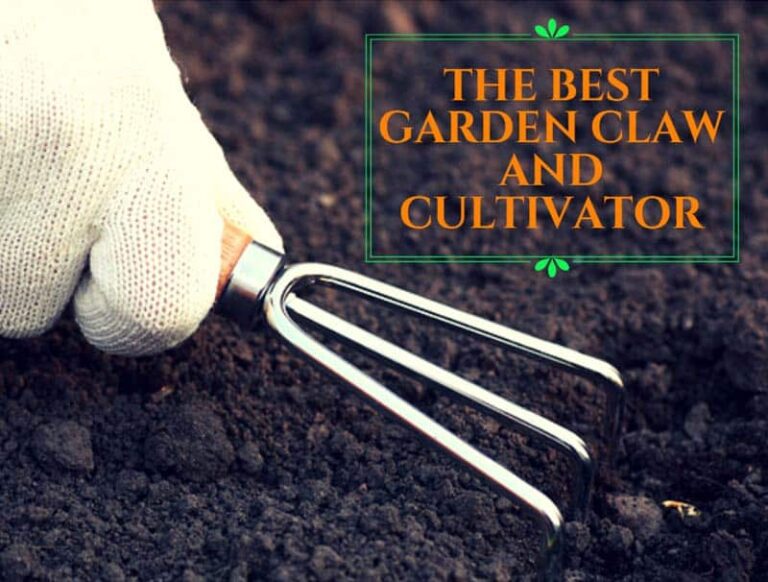Bamboo Garden: Cultivating and Designing Tips for Success
Bamboo gardens have grown in popularity thanks to their versatility and the exotic touch they bring to your outdoor space. As a fast-growing and robust plant, bamboo can quickly transform your garden into a lush and inviting retreat. If you’re considering adding bamboo to your landscape, it’s essential to understand the best practices for its care and growth.
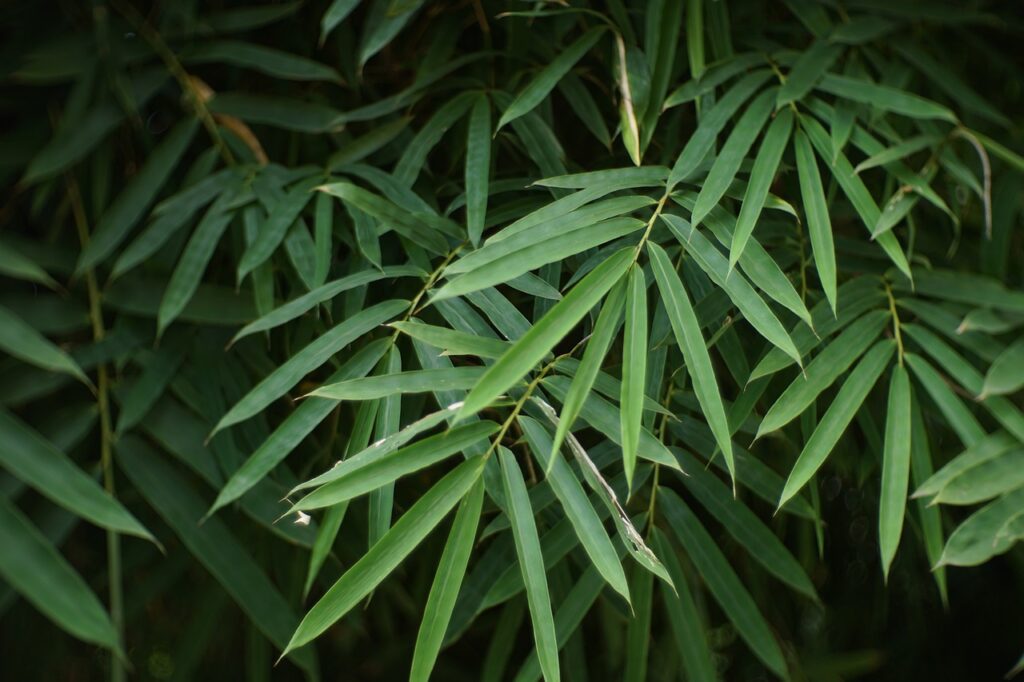
Before planting bamboo in your garden, you should be aware of the various species available and their specific requirements. By familiarizing yourself with the growing conditions for each species, you can ensure that your chosen bamboo will thrive. Factors such as sunlight, soil type, and available space will play a crucial role in the success of your bamboo garden.
When planning your bamboo garden, it’s also important to learn about the necessary care and maintenance to keep your plants healthy and vibrant. Regular pruning, watering, and occasional fertilizing will help your bamboo flourish, creating a visually stunning garden that you can enjoy for years to come. With the right planning and care, your backyard oasis will be the envy of your neighbors.
Table of Contents
Types of Bamboo
When planning your bamboo garden, it’s essential to understand the different types of bamboo available. Bamboo can be classified into two main categories, which are Running Bamboo and Clumping Bamboo. Each category has its unique growth habits and is suited for different purposes in your garden.
Running Bamboo
Running bamboo species are known for their aggressive growth patterns. They spread rapidly through underground rhizomes, allowing them to cover a large area in a short period. Running bamboos can be an excellent choice for creating privacy screens or filling large areas quickly. However, if you prefer a more controlled growth, it’s best to install root barriers or plant them in containers to prevent the rhizomes from spreading uncontrollably. Some common genera of running bamboo include Phyllostachys, Pseudosasa, and Sasa.
Clumping Bamboo
Clumping bamboo, on the other hand, has a more manageable growth habit. These species grow in dense clumps, with new shoots emerging close to the main plant. They usually grow slower and are more contained, making them an ideal choice for smaller gardens or areas where running bamboo might be too invasive.
There are several genera of clumping bamboo, including Bambusa, Fargesia, and Thamnocalamus. Some of these genera consist of tropical clumping species, while others are hardy clumping species that can tolerate colder climates.
Overall, selecting the right type and species of bamboo is crucial for creating your desired garden aesthetic. Make sure to consider the growth habits, suitable climate, and appearance of different bamboo species before making your final decision. And always remember that proper care and maintenance will ensure your bamboo garden thrives and provides years of enjoyment.
Planting and Growing Conditions
Location and Sunlight
When planting bamboo in your garden, choose a location with sun or light shade, as different bamboo species have varying sunlight requirements. For example, Phyllostachys nigra prefers light shade, while Bambusa oldhamii can tolerate full sun. Remember, bamboo’s growth rate can be affected by the amount of sunlight it receives, so select a location where it gets the right amount based on the specific species. If you’re uncertain about a species’ sunlight preferences, consult the American Bamboo Society for further guidance.
Soil and Nutrients
Bamboo grows best in fertile, acidic, and well-draining soil. Most species can be planted in moist soil, which helps to keep the roots well-hydrated. However, avoid waterlogged or poorly draining locations, as this can hinder growth. Before planting, check your soil’s pH level — aim for a slightly acidic pH between 6.0 and 6.5 for most bamboo plants.
To provide the nutrients your bamboo needs for strong and healthy growth, apply compost or a slow-release fertilizer during the planting process. Adding a layer of mulch to the roots keeps them protected, moist, and helps return essential nutrients to the soil as the mulch decomposes. This encourages better growth and helps maintain moisture in the soil, especially during drought conditions.
When establishing new bamboo plants, be vigilant about watering, as they can dry out quickly. Ensure the roots are moistened before planting and water in well. It’s essential to maintain consistent moisture while the bamboo becomes established to help it adapt to its new location in your garden. After the bamboo has well-established roots, it can better tolerate fluctuating water levels and drought, requiring less frequent watering.
As your bamboo plants grow, continue to provide regular nutrients in the form of compost and fertilizer. Keep an eye on the soil’s pH level, and adjust as necessary to maintain optimal growing conditions.
By following these guidelines on location, sunlight, soil, and nutrients, you’ll create an ideal environment for bamboo plants to thrive in your garden, turning it into a lush and beautiful sanctuary.
Bamboo Maintenance and Care
Controlling Growth
To maintain and control the growth of your bamboo plant, install a physical barrier to manage its invasive nature. Utilize a solid barrier, such as high-density polyethylene plastic or concrete, to confine the roots and rhizomes of running-type bamboo. Bury the barrier at least 2-3 feet deep around your bamboo hedge or grove, ensuring the top edge is above ground level. This measure will prevent aggressive growth and keep your bamboo healthy and manageable.
Watering and Fertilizing
Consistent watering is crucial for proper bamboo care. Ensure the soil remains moist but not waterlogged, as bamboo thrives in well-drained conditions. In general, water your bamboo at least once per week or more during hot and dry seasons.
For lush and healthy foliage, apply a balanced fertilizer to your bamboo plant in the spring and fall. A slow-release granular fertilizer is ideal for promoting steady growth, while organic options like compost or aged manure can also provide essential nutrients. Be cautious not to over-fertilize, as excessive nutrients can weaken your bamboo.
Pruning and Composting
Pruning your bamboo is essential in maintaining an attractive and healthy plant. Trim away dead or damaged canes (culms) at ground level, and thin out crowded clumps to improve air circulation and light penetration. Regular pruning of giant timber bamboo is essential to encourage new growth and maintain its appearance.
Bamboo leaves, canes, and other debris can be composted to create a nutrient-rich organic matter. Remember to chop or shred material before adding it to your compost pile. Compost can be used as mulch to protect roots, retain soil moisture, and return essential nutrients to the soil, promoting a healthy and vibrant bamboo garden.
Uses and Varieties of Bamboo Garden
Creating Privacy and Barriers
Bamboo gardens can greatly enhance your outdoor space, providing natural privacy and barriers. Due to the quick-growing nature and tall stature of many bamboo species, they are commonly used as screens or hedges between properties. When choosing the right type of bamboo for privacy, consider a clumping variety that won’t spread uncontrollably. Additionally, smaller bamboo varieties make excellent container plants for a patio or courtyard, offering both beauty and privacy without taking up too much space.
To ensure your bamboo grows well and provides the desired coverage, plant it in an area with ample sunlight and well-draining soil. Direct sunlight is especially important for timber bamboo varieties, as they are more sun-loving than other types.
Bamboo in Landscaping
There are countless ways to incorporate bamboo into your landscaping without making a full bamboo garden. Whether you want to create a peaceful garden pathway, accent an Asian-inspired design, or create a tropical vibe, you can find a bamboo species suitable for your needs. Giant timber bamboo is one popular option for landscaping, bringing an impressive visual impact to your garden with its towering height and dense culms.
In addition to adding visual appeal, bamboo plays a practical role in the garden, too. The culms can be used as natural fencing or support structures for climbing plants. Furthermore, the sturdiness and sustainability of bamboo make it an ideal material for creating garden accents or furniture.
Popular Bamboo Species
There are numerous bamboo species to consider when planning your garden, each with its own unique appearance and characteristics. Here’s a selection of popular options and their uses:
- Chinese Dwarf Bamboo (Bambusa guangxiensis): This compact, bushy plant is great for small privacy screens or potted displays, with graceful branches that can be trimmed for a neater look.
- Golden Grove Bamboo: Known for its yellow culms and green stripes, this versatile plant works well for hedges, screens, and landscaping features.
- Black Bamboo: This running bamboo variety has striking, dark culms and is often used as a dramatic focal point in the garden.
- Chinese Mountain Bamboo and Umbrella Bamboo: These are cold-hardy clumping varieties that are ideal for creating barriers or privacy hedges in cooler climates.
- Warm climate clumping bamboos, like Chinese Goddess and Hedge Bamboo: These bamboo plants thrive in warmer climates and are perfect for creating screens, hedges, or privacy barriers.
Remember to consult your local horticulture trade or community resources for more information on the best bamboo species and planting practices for your region. By selecting the right variety and properly caring for your bamboo garden, you’ll enjoy a beautiful, sustainable, and functional outdoor space.
Additional Resources and Support
When considering bamboo for your garden, it is important to have access to reliable resources and support. One place to start is Bamboo Garden Nursery, which offers an extensive collection of information about bamboo, positioning them as a national leader in bamboo resources. Their dedicated and expert staff are happy to assist with any questions or concerns.
For guidance on specific bamboo care, consult the Homes & Gardens article providing expert tips on maintaining and growing a healthy bamboo plant. This resource covers essential information such as planting, watering, and harvesting canes to make the most out of your bamboo garden.
Sometimes, controlling bamboo growth might become necessary, especially with more aggressive varieties. Missouri Botanical Garden offers advice on how to manage running bamboos that spread by sending out underground runners, or rhizomes.
When it comes to utilizing bamboo for garden structures, Gardener’s Supply offers a comprehensive guide on how to create bamboo structures, such as trellises, fences, and supports for climbing plants. The guide also highlights the environmental benefits of using bamboo as a sustainable building material.
Finally, when caring for your bamboo plants, Gardening Know How has a wealth of information on optimal care, including fertilizing, pruning, and managing bamboo growth in your garden.
By utilizing these resources and support, you will be well-equipped to enjoy the beauty and versatility that bamboo offers within your garden. If you’re interested in more gardening articles, please check out an excellent selection here.

